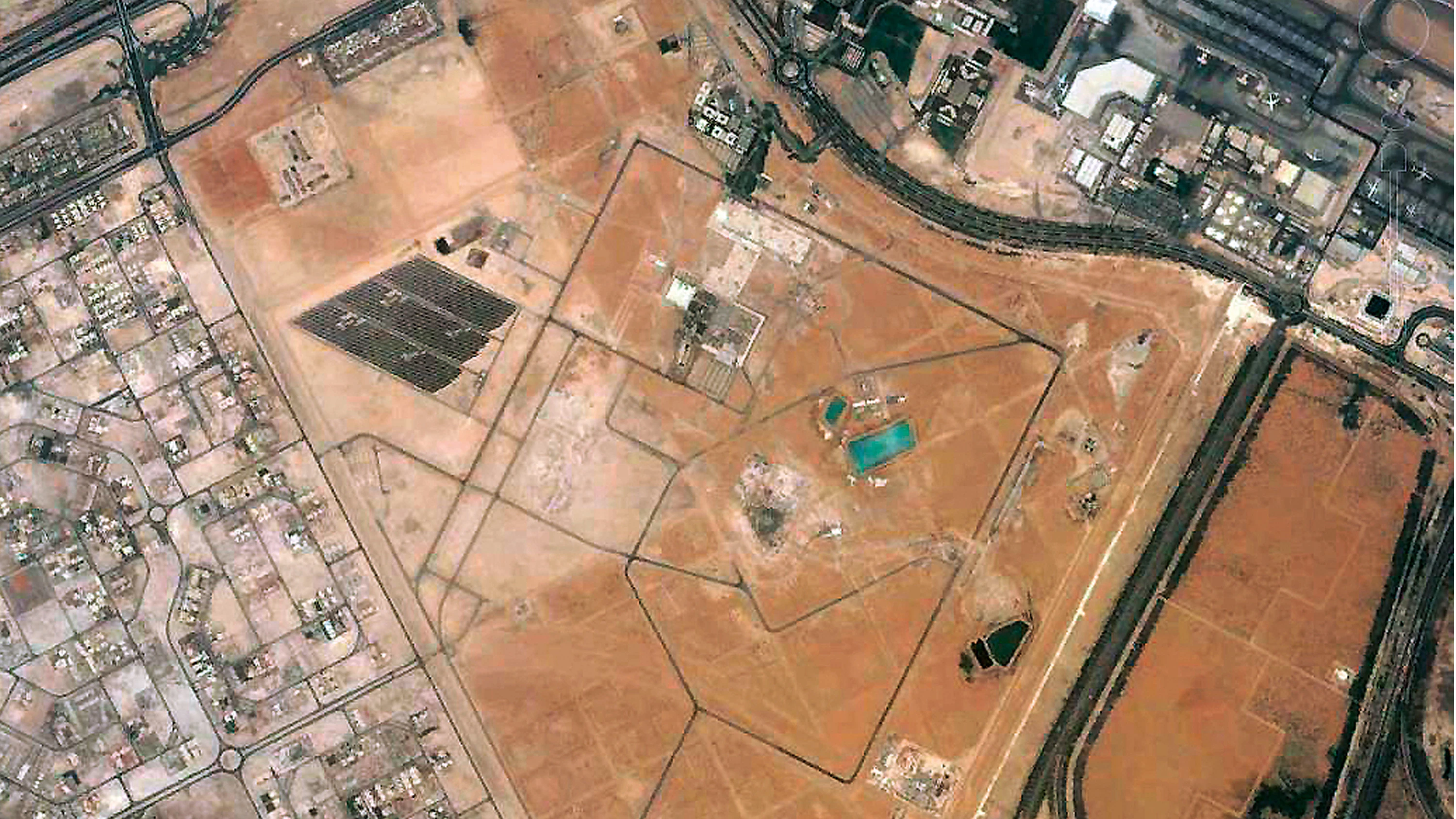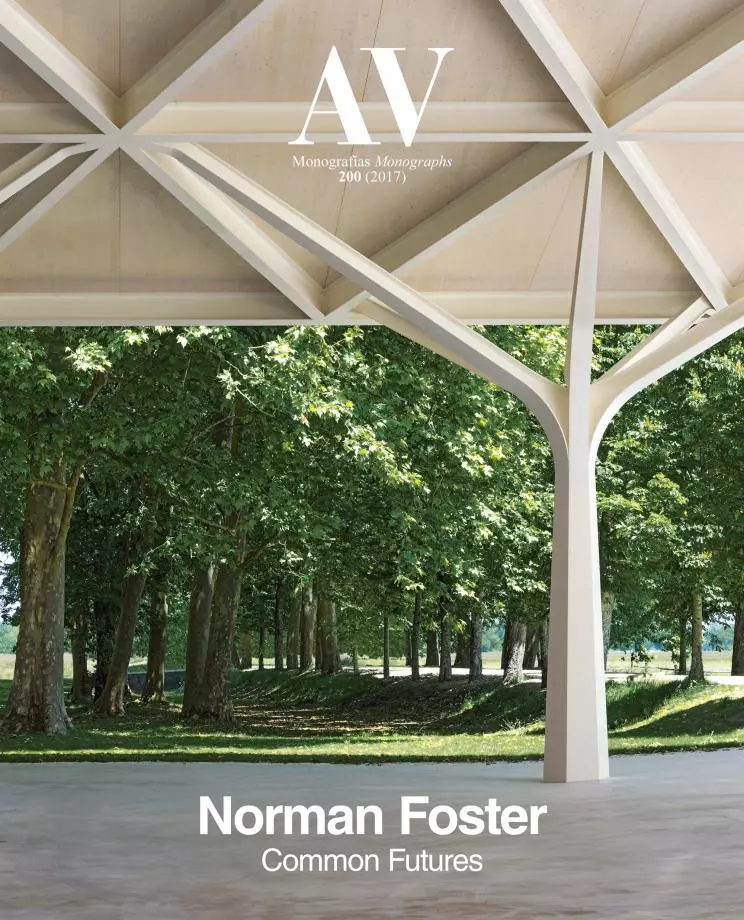The Future of Sustainability
Masdar City in Abu Dhabi

It is complicated to write about a city like Masdar. When it comes to visionary projects it is always a question of managing expectations, often in relation to unrealistic aspirations. Masdar is no exception, though the depth of its investigations and the sophistication of its proposals set it apart from earlier examples. Initiated in 2006, the original intention was for the city to be much more developed and populated than it is today. It was also designed to be both culturally responsive and technologically advanced, a mixing of the past and the future, of cultural heritage and cutting-edge infrastructure. So, what happened and what lessons can we learn from the experience of attempting to build a sustainable city like Masdar ex nihilo?
We often think of cities as organic and accumulative artifacts, as something that has grown over centuries piece by piece. But in the history of planning there have been many cities designed anew. From ancient Roman times on, the founding of a town would often begin with the cardo, the marking of the ground along a North-South axis to define the town’s main artery. The North-South axis was then crossed with an East-West artery, the decumanus, which provided the city’s secondary street. The geography of places also had an impact on the relative hierarchy of these thoroughfares. But, crucially, the founding of the city in ancient times was always accompanied by ritual and symbolism – and these rituals complemented the everyday life of the city. In addition, the physical geography and character of the city was inseparable from the cultural and symbolic life of its citizens. The archetypal example is Rome itself: its mythological founding by Romulus and Remus, and its growth around its seven hills...[+]






